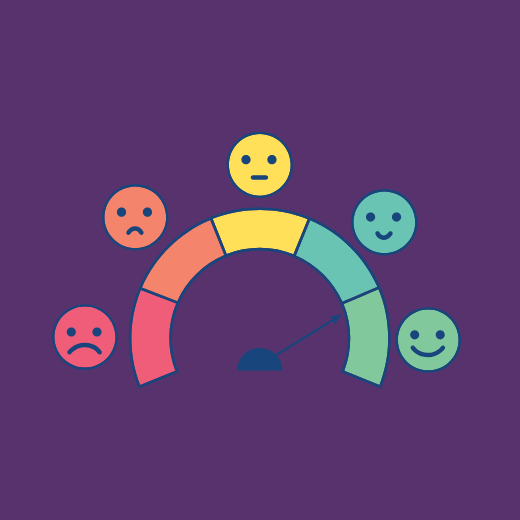If like most business owners, you have read dozens of business and leadership books over the years, but have struggled how to implement or integrate all of these different philosophies, The Growth Curve may be the answer.
The Growth Curve Model provides the clearest explanation of how a CEO can improve his or her company’s growth and profitability by tapping into the collective intelligence of the organization.
The model is based on the research of James Fischer, co-founder of Origin Institute, including work with over 650 CEO’s and their companies spanning 35 different industries.
A key indicator of successful companies that Fischer discovered in his research was that the company leaders knew how to focus their efforts and resources on the right thing at the right time.
It’s not that they didn’t have the same challenges as everyone else. It’s that when they did, they anticipated them, they knew how to put them in context to everything else they were facing and, ultimately, knew what to do about them.

After years of working with CEO’s from every stage company, I can see that there are some common mistakes made when navigating these different stages.
1) These leaders don’t allow the company to be in the Stage of Growth it is in. They are either in a later stage still operating like they are in a previous stage because that is what they are familiar with (i.e. acting Dominant and CEO-centric even though they have passed Stage 2) or they are in an earlier stage trying to operate like a Stage 5 or 6 company because that is where they want to be.
2) Thinking they have handled the previous Stage’s challenges and that they should be done and not have to revisit them. (i.e. We did a Core Values Exercise, they were rolled out to the organization, let’s move on.)
3) Not knowing how to effectively develop leaders creates either a temptation for the CEO to work harder and harder (the #1 reason for entrepreneurial burnout) or the tendency to throw people at the ever-increasing workload.
While these CEO’s may not have understood that the above were the root causes of their challenges, they sure were busy feeling the effects, such as:
- Everything they used in the past to manage their company didn’t seem to be working anymore.
- Looking for the outside influences and external pressures that are responsible for their challenges
- Living on Tylenol and Tums (or wine and Zoloft!)
- Thinking it is up to them personally to control everything or “save the day”
- Feeling discouraged, disheartened or defeated wondering why it is suddenly so hard
If any of the previous symptoms sound eerily familiar, I promise you I haven’t been reading your journal or talking to your spouse.
It’s just that the Growth Curve model was created by studying hundreds of companies like yours. The chaos you’re experiencing is predictable but, thankfully, so are the solutions to it.
If it’s time to find a more effective model for predicting and managing the direction and growth of your enterprise, send an email directly to me at nancy@ discwizardonline.com.





